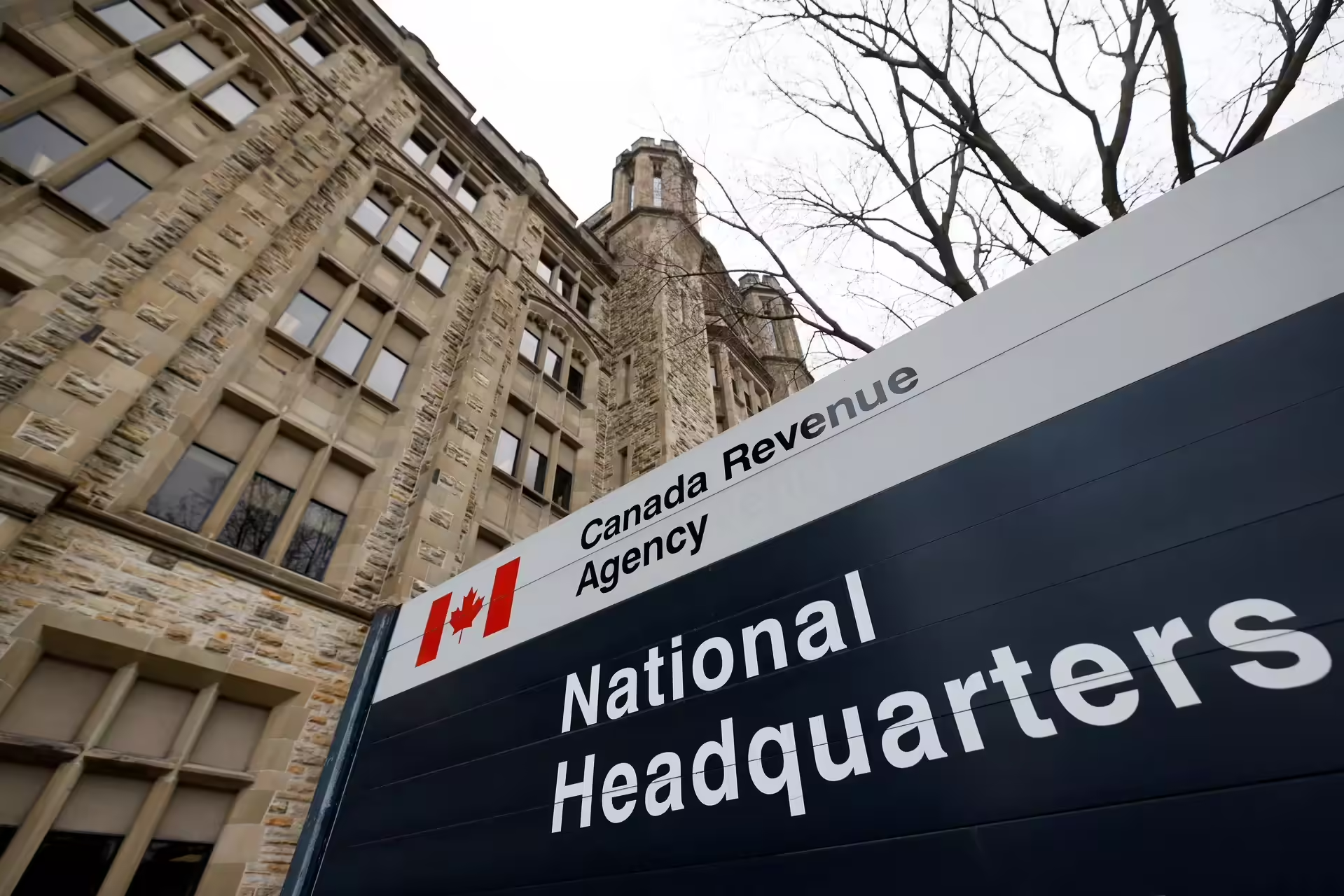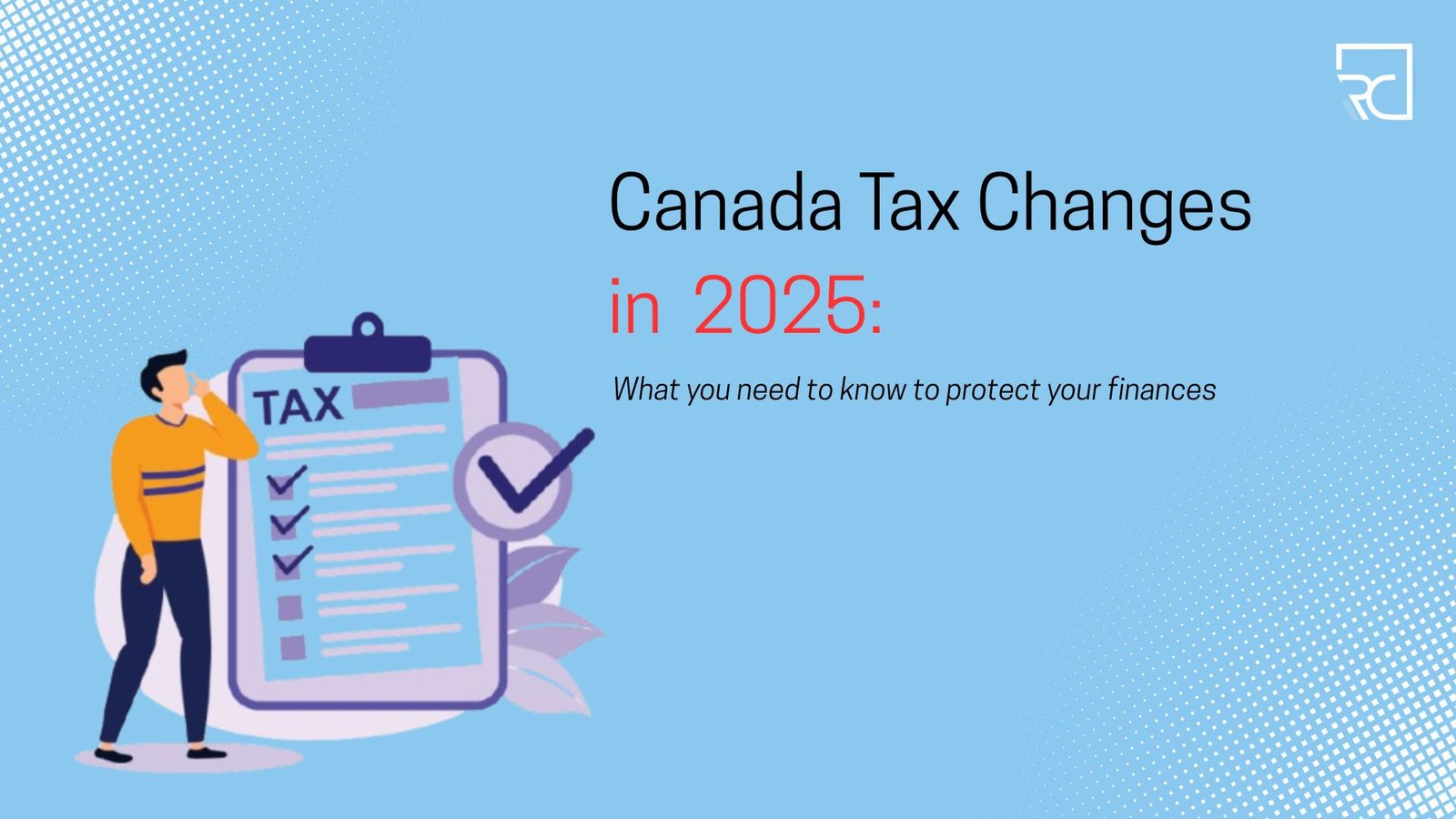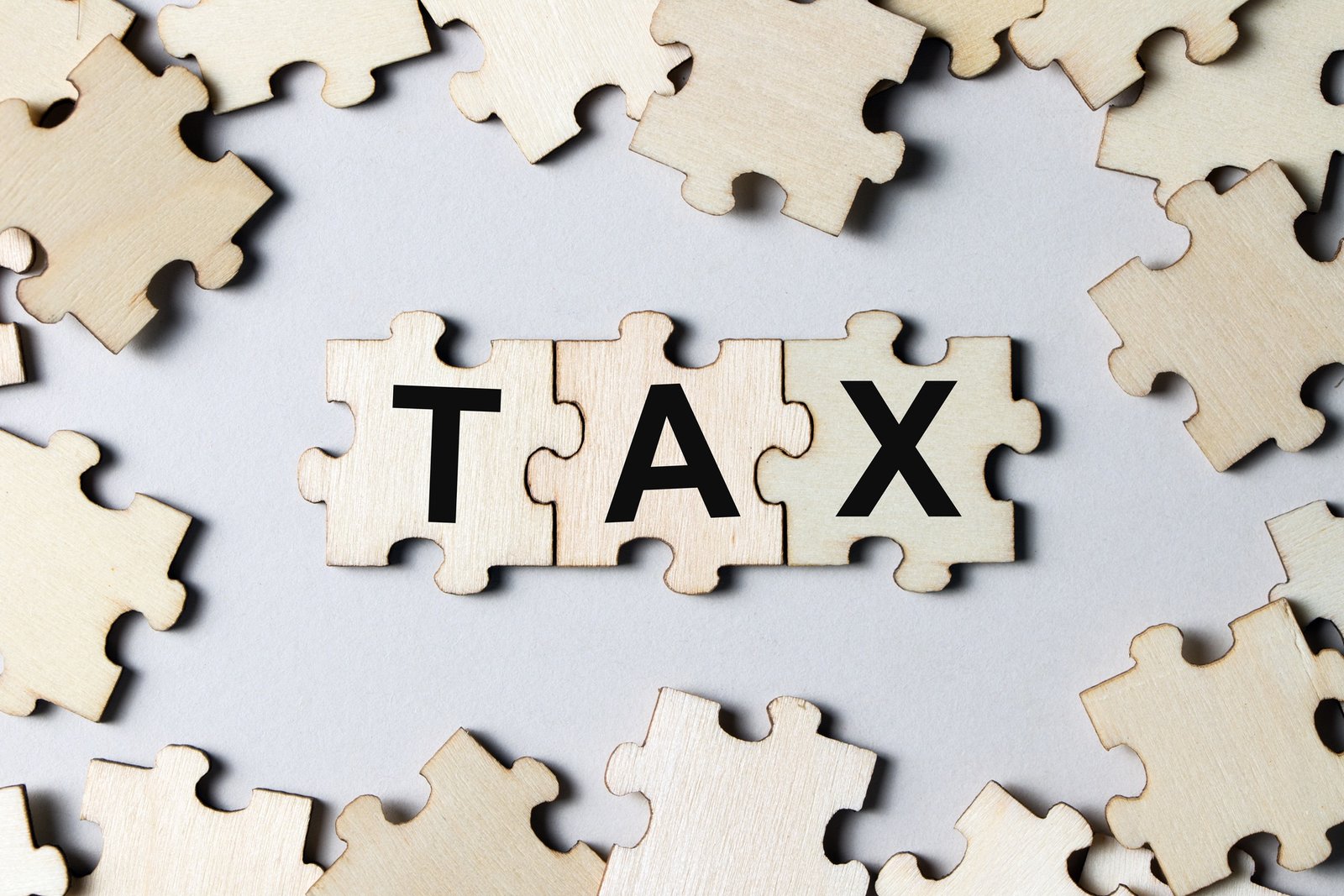How to Maximize Your GST/HST Benefits in June 2025
Introduction
As the cost of living continues to rise across Canada, especially in essential categories like groceries and housing, many Canadians are looking for timely financial support. Fortunately, the Canada Revenue Agency (CRA) is stepping in with two key benefits this June 2025: a special one-time GST rebate—often referred to as a “grocery rebate”—and the regular GST/HST credit scheduled for disbursement next week.
These payments are part of the government’s broader strategy to ease inflationary pressure for low- to modest-income households. While one is a recurring quarterly credit, the other is a temporary bonus payment aimed at providing additional relief to eligible taxpayers and families.
In this blog post, we’ll walk you through both payments—what they are, who qualifies, how much you could receive, and what steps you need to take to ensure you don’t miss out. Whether you’re a single filer, part of a family unit, or unsure about your eligibility, this guide is designed to help you make the most of your GST-related benefits this month.
What Is the Extra GST Rebate?
The Extra GST Rebate, often called the Grocery Rebate, is a one-time payment issued by the Canada Revenue Agency (CRA) to help low- and modest-income Canadians deal with rising food and essential living costs. Originally introduced as a temporary measure to address inflation, this extra rebate is once again being issued in June 2025, providing much-needed support to millions of individuals and families across the country.
Why This Payment Exists
Unlike the quarterly GST/HST credit, this payment is a bonus—an additional tax-free amount meant to top up the regular GST/HST credit. It is part of the government’s targeted cost-of-living relief plan, designed to help households keep up with expenses as inflation continues to impact groceries, rent, fuel, and other necessities.
How Much Will You Receive?
The amount of the extra GST rebate varies based on your income and family structure. Estimates for June 2025 suggest the following:
- Single individual: Up to $496
- Married or common-law couple: Up to $650
- Additional amount per child: $171
These are maximum values, and the actual amount is reduced by 2% for every dollar earned above $35,000 in adjusted net income, as per CRA guidelines.
How It’s Calculated
The CRA uses your 2023 tax return to determine:
- Your net family income
- Your marital status
- The number of eligible children under 19
The payment is automatically deposited if you qualify and have filed your return. No separate application is needed.
Who Benefits Most?
- Low-income earners below the $35,000 threshold
- Single parents with dependent children
- Seniors and individuals on fixed incomes
- Families who rely heavily on groceries and essentials
If you’re unsure about your eligibility, the CRA’s “My Account” portal can provide real-time updates on your payment status and eligibility confirmation.
The GST/HST Credit – What’s Coming Next Week
In addition to the one-time extra GST rebate, Canadians can expect their regular quarterly GST/HST credit to arrive next week. This benefit, issued every three months by the Canada Revenue Agency (CRA), is designed to offset the impact of the Goods and Services Tax (GST) and Harmonized Sales Tax (HST) on low- to modest-income Canadians.
This June 2025 payment is one of four annual installments, and it’s expected to hit bank accounts via direct deposit or arrive by cheque starting next week—depending on your CRA preferences.
What Is the GST/HST Credit?
The GST/HST credit is a tax-free quarterly payment meant to reduce the burden of consumption taxes (GST and HST) on lower-income Canadians. It is not something you need to apply for directly—if you file your annual income tax return and meet the criteria, CRA automatically assesses your eligibility.
When is it Paid?
CRA issues the GST/HST credit four times a year:
- January
- April
- July
- October
For the June 2025 cycle, payments are expected to begin next week, serving as the April installment that may have been delayed or combined with additional benefits.
How Much Can You Get?
The amount you receive depends on:
- Your adjusted family net income
- Your marital status
- The number of eligible children under 19
Typical amounts for the full year:
- Single adult: Up to $519
- Married or common-law couple: Up to $680
- Each child under 19: Additional $179
The amount is broken down quarterly, so you’ll receive one-fourth of the annual total each payment cycle.
Automatic, But Not Guaranteed
Even though the payment is automatic if you’ve filed your return, you must:
- Be 18 or older
- Be a resident of Canada
- File your 2024 income tax return, as the CRA uses this to calculate payments for 2025–26
If your income is too high, the payment phases out entirely.
How to Check Your Status?
Use your CRA My Account to:
- Confirm if you’re receiving the credit
- View upcoming payment dates
- See how much you’re expected to get
Who Is Eligible?
Both the extra GST rebate (grocery rebate) and the regular GST/HST credit are targeted support measures meant to assist low- and modest-income Canadians. While they are automatically calculated and distributed by the CRA, understanding the eligibility criteria can help ensure you qualify—and receive the full benefit you’re entitled to.
Eligibility for the Extra GST Rebate (Grocery Rebate)
This one-time payment is based on your eligibility for the GST/HST credit for the 2023 base year, meaning your 2023 tax return must be filed and assessed by CRA.
You may be eligible if you:
- Are 18 years of age or older
- Were a Canadian resident for income tax purposes in 2023
- Had a net family income within the eligible range
- Have (or had) children under 19 years of age, a spouse, or were living as a single low-income adult
Important: The payment amount phases out by 2% for every dollar of income over $35,000, reducing the rebate for higher-income individuals.
Eligibility for the Regular GST/HST Credit
The GST/HST credit is a recurring benefit calculated annually based on your income and family situation. You’re eligible if:
- You are 18 years or older
- You’re a resident of Canada for tax purposes
- You filed a tax return, even with no income
- Your 2023 adjusted family net income falls within the threshold set by CRA
You may also qualify if you:
- Have a common-law partner or spouse
- Are raising children under 19 who live with you
CRA uses your family net income and number of dependents to determine the credit amount.
What Counts as Family Net Income?
Family net income is calculated as:
- Your net income plus
- Your spouse or common-law partner’s net income
- Minus any universal child care benefit (UCCB) and registered disability savings plan (RDSP) repayments
This number is central to calculating both the rebate and the credit.
Payment Schedules & How to Receive It
Knowing when and how you’ll receive your GST/HST benefits is essential to help you plan your finances—especially if you’re depending on these credits to cover rising household expenses. Whether it’s the one-time Extra GST Rebate or the regular GST/HST credit, the process is straightforward if your tax filings are up-to-date.
Payment Dates – When Can You Expect It?
Extra GST Rebate (Grocery Rebate)
- The one-time extra rebate will be paid out after your 2024 tax return is filed and assessed.
- For most Canadians who filed early, payments are expected to begin in June 2025.
- If you haven’t filed yet, your payment will be delayed until your return is processed.
GST/HST Credit (Quarterly Payment)
- The regular GST/HST credit is issued four times a year:
- January
- April
- July
- October
For 2025, the next credit is scheduled to be issued in the week of June 24, making it the April 2025 installment—either delayed or combined, depending on CRA processing.
How Will You Get the Payment?
There are two methods:
- Direct Deposit (recommended)
- Funds are deposited automatically into your registered bank account with the CRA.
- It’s faster, more secure, and avoids delays from lost or late cheques.
- You can register or update your banking info via your CRA My Account.
- Cheque by Mail
- If you haven’t enrolled in direct deposit, CRA will mail you a cheque.
- This may take several business days longer to arrive.
How to Track Your Payment
Use the CRA My Account online portal to:
- Check your eligibility
- View payment dates
- Confirm payment amounts
- Update your address or banking details

What to Do If You Didn’t Receive It
- Ensure your 2024 tax return is filed and processed.
- Log in to CRA My Account and check your benefit status.
- Call CRA if your account shows you’re eligible but payment hasn’t been received after the due date.
How Much You Could Receive
The total benefit you receive through the Extra GST Rebate and the regular GST/HST credit depends on your family income, marital status, and number of children under 19. Understanding the payment breakdown can help you better anticipate how much support to expect this June.
Breakdown: Extra GST Rebate (Grocery Rebate)
This one-time rebate is meant to boost the existing GST/HST credit amount. It’s calculated using your 2023 tax return and mirrors the formula used for the regular credit, but it’s a top-up issued once in the year.
Maximum estimates for June 2025:
- Single adult with no children: Up to $496
- Married or common-law couple: Up to $650
- Each additional child under 19: $171 per child

Important: The amount decreases by 2% for every dollar earned over $35,000 in family income. That means higher-income families may get a reduced amount—or none at all.
Breakdown: Regular GST/HST Credit (Quarterly)
This is a recurring benefit spread over four payments per year, with amounts depending on your adjusted net family income.
Annual maximum for the 2025–2026 benefit year:
- Single adult: Up to $519/year (about $129.75 per quarter)
- Married or common-law couple: Up to $680/year (about $170 per quarter)
- Each eligible child: Up to $179/year (about $44.75 per quarter)

$519 + $179 = $698/year, or roughly $174.50 per quarter
How to Maximize Your Amount
To receive the full benefit:
- File your 2024 tax return early
- Ensure all dependents are properly listed
- Register for direct deposit to avoid delays
- Keep your CRA profile up to date with marital status, income changes, and residency
Final Thoughts & What to Do Next
For many Canadians—especially those on tight budgets—the June 2025 Extra GST Rebate and quarterly GST/HST credit offer more than just financial relief; they provide breathing room amid rising grocery bills, rent, and day-to-day essentials.
If you’re eligible, these tax-free benefits can add hundreds of dollars to your wallet, but only if your 2024 tax return has been filed and processed. With no application required, these programs are designed to work in the background—but staying proactive ensures you don’t miss out.
Quick Checklist: What You Should Do Now
File your 2024 income tax return (even if you had no income)
Update marital status and child dependents on your return
Enroll in direct deposit through CRA My Account
Log in to CRA My Account to track eligibility, payment dates, and amounts
Watch for deposit or cheque in late June 2025
Final Tip
Even if your income was low or zero, filing your return is the key to unlocking these benefits. Many Canadians lose out simply because they assume they don’t qualify—when in reality, the CRA uses your tax return to determine eligibility for multiple federal and provincial credits.
Need Help?
If you’re unsure whether you qualify or need help filing your return, don’t hesitate to reach out to a professional tax advisor or accountant. For residents in the Greater Toronto Area, our team at Ricky Chawla CPA Professional Corporation is here to assist.
We provide expert assistance in:
- Personal and family tax filing
- GST/HST credit and government benefits
- Cross-border tax matters for Canadians with U.S. connections
- S. and Canada tax advisory services with a focus on US tax accountant Toronto and Canada tax accountant Toronto queries






